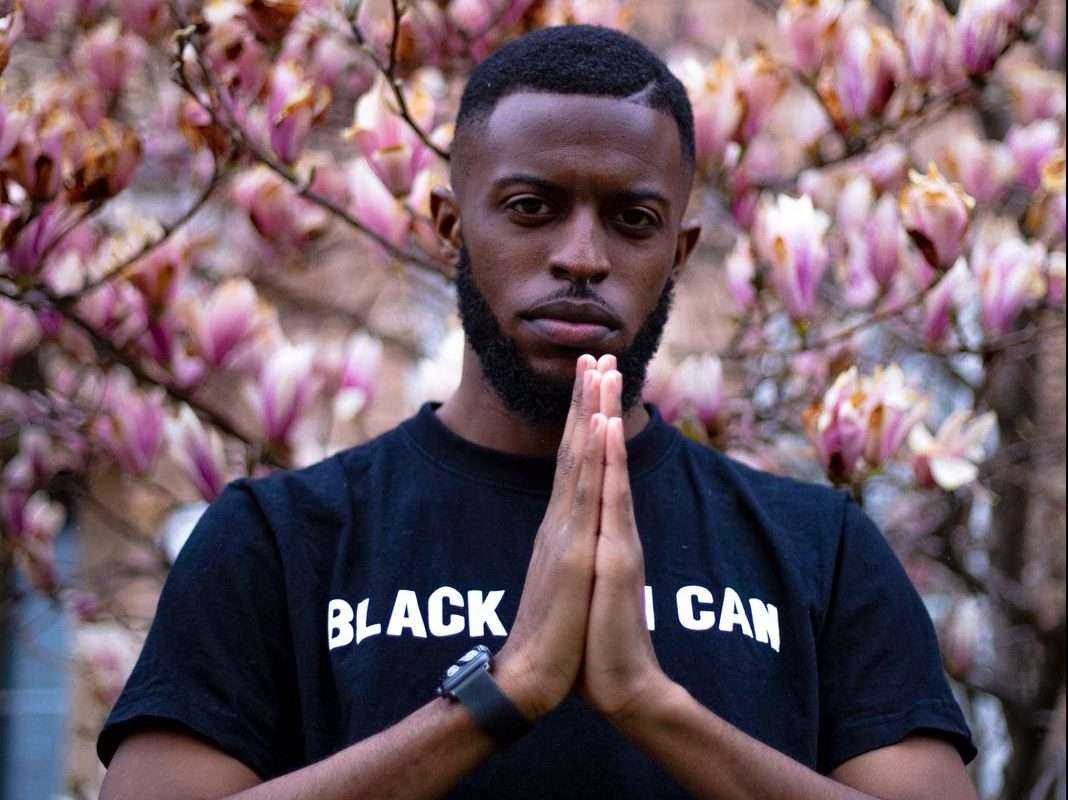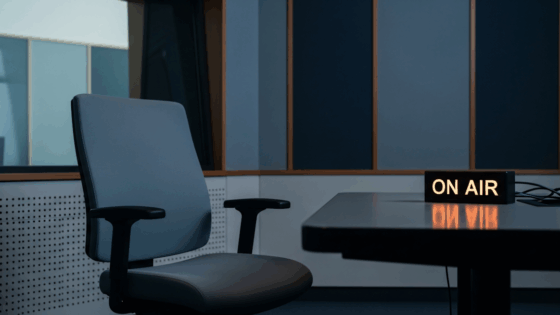on
BY SIMONE J. SMITH
There is a stigma within the black community that regardless of how many times it is discussed, it still remains a stigma. Mental health, and the African experience around our mental health remains a challenging topic.
Some experts say that this stigma seems to be a combination of African-rooted cultural practices and strict religious beliefs. Regardless of the religion, Africans in the diaspora have a belief in the supernatural: witches, spirits, Jinn. The belief is that supernatural agents can influence mental health.
These beliefs have not served our community well. In a study done in 2015 by the Canadian Medical Association Journal (Incidence of psychotic disorders among first-generation immigrants and refugees in Ontario), immigrants of Caribbean, or East and West African descent have a 60% increased risk of psychosis, and many black people live with undiagnosed mental illnesses.
C0VID-19 has put a whole new spin on mental health. Fear and anxiety about contracting the disease has become overwhelming. There is the stress about your own health and the health of your loved ones. Some are have difficulty sleeping or concentrating. Some have noticed changes in their eating and sleeping patterns. There has definitely been an increase in the use of alcohol, tobacco and other drugs. And of course, we have been stuck in the house for months, some of us in unhappy, and potentially dangerous home environments.
I was not surprised that Toronto’s rising Hip Hop talent Nathan Baya (aka Baya Baby) took this time to speak on the mental health challenges that African youth are facing here in Canada. Nathan is the founder of Jane Street Speaks, a movement that he created because he struggled to get booked as a local artist. Instead of rolling over and playing dead, Nathan proactively began putting on his own events to showcase his talent, and the artistic talents of many of Toronto’s creative geniuses.
Most recently he was featured in the New York Times for his feature in a Rise Film directed by Barbara Wagner and Benjamin De Burca. He has been seen on billboards in Toronto and in Mexico. Absolut Vodka recognized him, as a Change Maker in the city of Toronto, and to top it all off, he is a new dad. What I have always appreciated about Nathan’s work is his ability to candidly speak about his mental health challenges. It is why many of the events he organizes are all about self-expression, and utilizing art as way to heal from past trauma.
On Sunday, May 24th, 2020, Nathan collaborated with Corner Common on Instagram to give a live performance of some of his latest poetic creations. His song “How” especially intrigued me. This song is a collection of thoughts amplified by music. I joined him on Corner Common, and discussed with him the importance of this song.
“I don’t consider home a home. It’s just a place I lay my head.” Nathan explained to me the plight of many of our young people. “For some of us, home is not really home. Yes, we may sleep there, but it is not a place that is conducive to our growth. For some of us, we have to find our home outside our home. Trust me when I say, I know what it feels like to feel mental homelessness.”
The hook, “How am I supposed to be happy,” is about the suffering that many of us are feeling during this time. I asked Nathan for some clarity on this and what it meant for him to be happy.
“You know that song “Happy” by Pharell. That song really makes me reflect. As much as we would like to act like we are on a high 24/7, there are some dark times in life. People have different vices. My vice is music. Music is the ultimate healer. The messages you feed yourself, find their way into your soul. I use music. I use poetry. I use tools of self-expression. When I am experiencing a dark moment, I stop and think; am I supposed to write about this experience? Do I carve out something that is going to inspire someone, or is this a dark moment, that I just have to shake off. We have to accept that we will not be happy all the time.”
“How am I supposed to be around my family?” I had Nathan tackle this line next.
“I remember seeing a video about a nurse who was crying because she couldn’t hug her child,” Nathan tells me. “This line has two meanings: it is about those who are having challenges being around their family because of the toxicity, and also for those essential workers who are afraid to be around their families because they think they will make them sick. It’s a tough thing to tackle.”
During our Instagram Live, the comments were littered with people supporting Nathan and his work. He previewed some unreleased work, and interacted with his audience, bringing them into his world.
“I make people think with ink.” Yes he does! I have always said this young man was a rising star. I am excited to see the heights that he reaches next.
Check him out, and follow him on Instagram @nathan.baya. Keep reaching for the stars young man!
Stay in the loop with exclusive news, stories, and insights—delivered straight to your inbox. No fluff, just real content that matters. Sign up today!













